In the tranquil ambiance of our homes, the sweet fragrance of incense often fills the air, creating an atmosphere of relaxation and tranquility.
However, amidst the aromatic bliss, a subtle danger may be lurking for our feathered friends. Birds, known for their delicate respiratory systems, may be adversely affected by the use of incense. But why is incense bad for birds?
This article delves into the reasons behind the potential harm incense can pose to avian companions. While incense has been cherished for centuries as a cultural and spiritual practice, it is essential to unravel the implications of its use in homes where birds reside.
From respiratory issues to possible toxicity, the adverse effects of incense on birds raise concerns about their well-being.
Join us as we explore the intersection of aromatic rituals and avian health, shedding light on why it might be time to reconsider the use of incense around our winged companions.

Why Is Incense Bad for Birds?
Incense has long been embraced for its aromatic allure and spiritual significance. However, as we indulge in the tranquility it brings to our homes, it’s crucial to consider its potential impact on our avian companions.
Birds, with their delicate respiratory systems, may suffer adverse effects from the burning of incense. Here are 8 Possible Risks of why incense could be detrimental to our feathered friends.
1. Respiratory Sensitivity
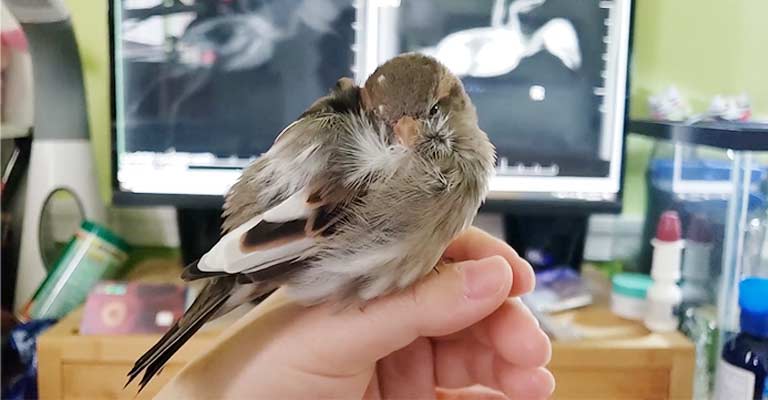
Birds possess highly sensitive respiratory systems, characterized by air sacs that facilitate efficient gas exchange. While this adaptation is crucial for their ability to fly, it also makes them vulnerable to airborne particles.
The smoke produced by incense contains fine particulate matter and volatile organic compounds, which can irritate the delicate respiratory tissues of birds. Prolonged exposure may lead to respiratory distress, labored breathing, and other respiratory issues.
2. Airborne Toxins
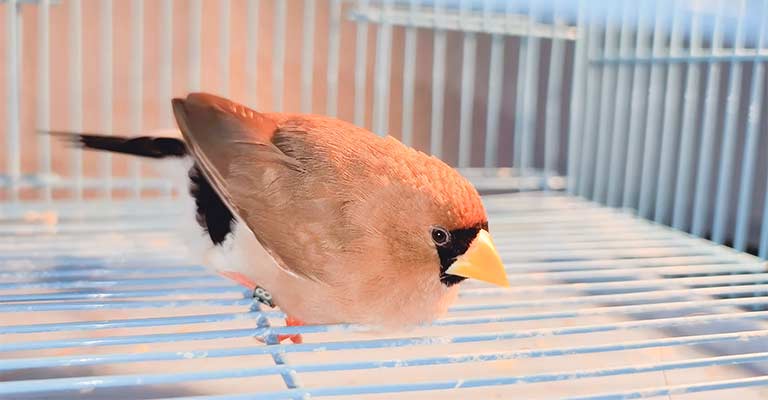
The composition of many commercially available incensees includes a variety of substances such as resins, oils, and synthetic fragrances. When burned, these components release airborne toxins that can be harmful to birds.
These toxins may not only irritate their respiratory systems but could also have systemic effects, impacting their overall health. In extreme cases, exposure to certain toxins may even be fatal to birds.
3. Sensitivity to Fragrances
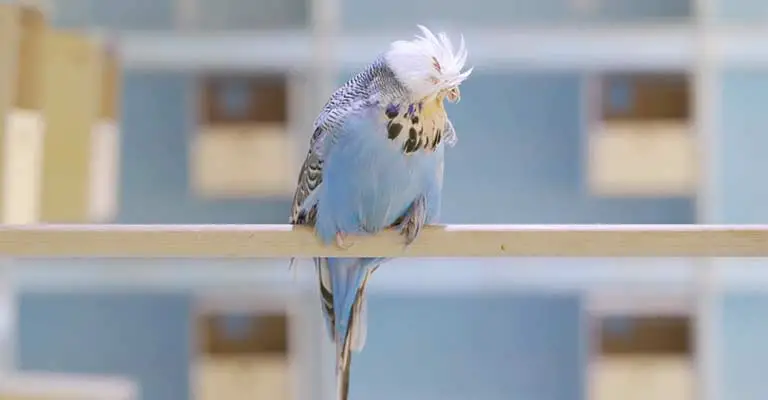
Birds are highly sensitive to odors, and the strong fragrances emitted by incense can overwhelm their olfactory senses. This heightened sensitivity to scents is a protective mechanism in the wild, helping birds detect predators or locate food sources.
When exposed to intense artificial fragrances, birds may experience stress, anxiety, or discomfort, affecting their overall well-being.
4. Potential Allergens
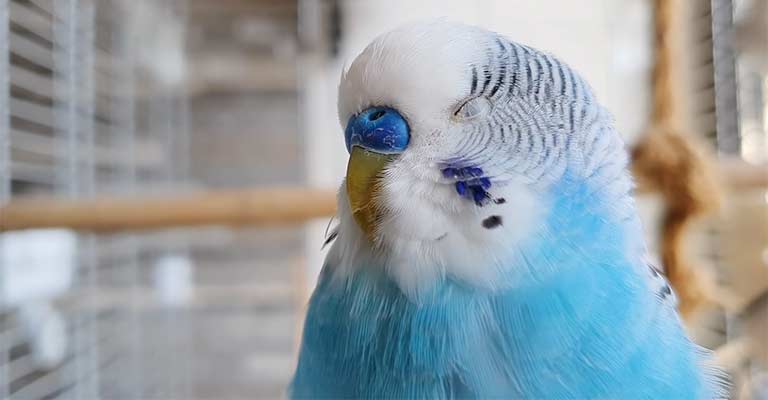
Incense often contains botanical ingredients, some of which may act as potential allergens for birds. Birds can be allergic to certain plants or their derivatives, and inhaling these allergens released during the burning of incense can trigger allergic reactions.
Allergic responses may manifest as respiratory distress, itching, or changes in behavior, indicating a need for immediate attention and removal of the irritant.
5. Behavioral Changes

The negative effects of incense on birds extend beyond the physical realm. The altered atmospheric conditions and sensory overload caused by the burning of incense can lead to changes in their behavior.
Birds may become stressed, anxious, or agitated, affecting their eating patterns, vocalizations, and overall demeanor. Understanding these behavioral changes is crucial for recognizing signs of discomfort in our avian companions.
6. Species Variability
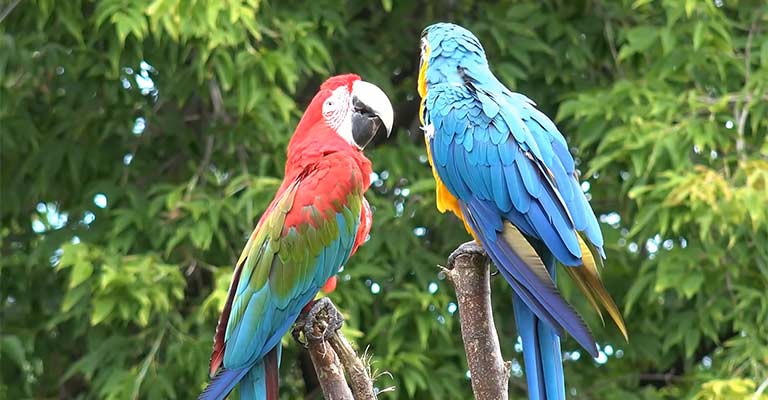
It’s important to note that different bird species may react differently to incense exposure. Some birds may be more resilient, while others, especially those with pre-existing respiratory conditions, may be more susceptible to harm.
Understanding the specific needs and sensitivities of the bird species in our care is essential for providing a safe and nurturing environment.
7. Safer Alternatives
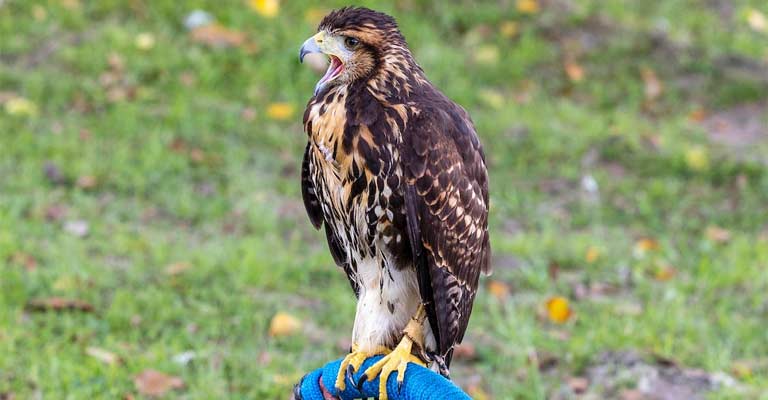
For bird enthusiasts unwilling to part with the soothing ambiance provided by incense, exploring safer alternatives is key. Opting for natural, unscented candles or utilizing essential oil diffusers with caution can offer a milder aromatic experience.
Additionally, ensuring proper ventilation in living spaces can help mitigate the concentration of airborne particles, reducing the potential harm to our feathered companions.
8. Responsible Pet Ownership
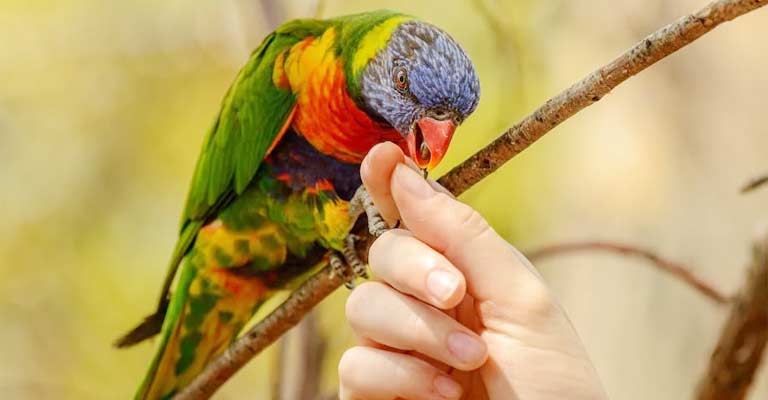
As guardians of these captivating creatures, it is our responsibility to prioritize their well-being. Before incorporating any new element into our homes, including incense, it’s crucial to research and consider the potential impact on our avian friends.
A commitment to responsible pet ownership involves creating an environment that promotes their health, happiness, and longevity.
The seemingly innocuous act of burning incense can have far-reaching consequences on the respiratory health, behavior, and overall well-being of our avian companions.
Why Are Birds Lungs So Sensitive to Incense?
Birds have remarkably efficient respiratory systems that are finely tuned to support their demanding metabolic needs, especially during flight.
While their unique adaptations contribute to their extraordinary abilities, they also make birds more susceptible to respiratory issues when exposed to certain environmental factors.
Here’s an exploration of why birds’ lungs are so sensitive.
High Metabolic Rate
One key factor contributing to the sensitivity of birds’ lungs is their high metabolic rate. Birds are warm-blooded animals, meaning they maintain a relatively constant internal body temperature.
To sustain this elevated temperature, birds require a significant amount of energy. This high metabolic rate demands efficient oxygen uptake and carbon dioxide removal, making their respiratory systems critical for meeting these demands.
Air Sacs and Continuous Airflow
Unlike mammals, birds have a unique respiratory system characterized by the presence of air sacs. These air sacs play a crucial role in maintaining a constant flow of air through the respiratory system, ensuring a continuous supply of oxygen and efficient removal of carbon dioxide.
The unidirectional airflow, facilitated by the air sacs, allows for a more effective exchange of gases in the lungs, supporting the high metabolic demands of birds, especially during flight.
Lightweight Skeleton and Flight Efficiency
Birds’ skeletons are adapted for flight and are significantly lighter than those of mammals. This adaptation allows for easier movement in the air, but it also means that the bones are more delicate.
Consequently, the respiratory system is intricately connected to the skeletal structure, making birds more susceptible to changes in the respiratory environment.
Dust, particulate matter, or airborne toxins can have a more direct impact on birds’ respiratory health due to their lightweight skeletal structure.
Sensitive Respiratory Epithelium
The respiratory epithelium, or the lining of the respiratory tract, in birds is more delicate compared to that of mammals. This sensitivity is a consequence of the need for efficient gas exchange.
While the delicate structure enhances the efficiency of oxygen uptake, it also renders birds more vulnerable to irritants, pollutants, and pathogens in the air. Any disruption to the respiratory epithelium can compromise the overall health of the bird.
Rapid Response to Changes in Oxygen Levels
Birds, particularly those with a high metabolic rate and active lifestyles, must be able to respond rapidly to changes in oxygen availability.
Their sensitive respiratory systems allow for quick adjustments in response to varying oxygen levels, ensuring that the bird can meet its oxygen demands even during strenuous activities like flight.
This adaptability, while advantageous, also means that any environmental changes, such as exposure to pollutants, can prompt swift and potentially harmful reactions in their respiratory systems.
Lack of Diaphragm
Birds lack a diaphragm, the muscular partition that separates the thoracic and abdominal cavities in mammals. Instead, the movement of air in and out of their respiratory system is facilitated by the expansion and contraction of air sacs.
This lack of a diaphragm makes their respiratory system less protected and more directly exposed to external influences. The absence of a diaphragm also means that the respiratory muscles are constantly active, making birds more susceptible to fatigue and stress.
Efficient Oxygen Extraction
Birds are exceptional in their ability to extract a high percentage of oxygen from the air they breathe. Their respiratory systems are designed to maximize oxygen uptake and minimize energy expenditure.
While this efficiency is crucial for their survival and performance, it also means that any compromise to the respiratory process can have significant consequences for the bird’s health.
The sensitivity of birds’ lungs is intricately linked to their high metabolic rate, unique respiratory adaptations, lightweight skeletal structure, and the need for efficient oxygen extraction.
Understanding the intricacies of birds’ respiratory systems is essential for providing them with environments that support their well-being and allow them to thrive in captivity or the wild.
FAQs
Can I Burn Incense in the Same Room as My Pet Bird?
Burning incense in the same room as your pet bird is not advisable. The smoke and airborne particles released during the burning process can irritate the bird’s sensitive respiratory system, potentially leading to respiratory distress and other health issues.
Are All Types of Incense Equally Harmful to Birds?
The harm to birds can vary depending on the composition of the incense. Some incense may contain more harmful substances, such as synthetic fragrances or toxins, while others may be more natural and less problematic.
How Can I Recognize if My Bird is Having a Negative Reaction to Incense?
Watch for signs of distress, such as labored breathing, increased respiratory rate, changes in vocalizations, or alterations in behavior. Behavioral changes may include agitation, stress, or a reluctance to remain in the room where incense is being burned.
Are Essential Oil Diffusers Safe for Birds?
While essential oil diffusers can be a safer alternative to incense, caution is still necessary. Some essential oils can be harmful to birds, so it’s essential to use only bird-safe oils and ensure proper ventilation. Introduce new scents gradually and observe your bird’s reaction.
Can Birds Adapt to the Presence of Incense Over Time?
Birds may not adapt to the presence of incense, and prolonged exposure can lead to chronic health issues. While some birds may show initial tolerance, the cumulative effects of inhaling airborne particles and toxins may compromise their respiratory health.
Conclusion
The seemingly innocent act of burning incense within our living spaces can have unintended consequences on the health and well-being of our avian companions.
The delicate respiratory systems of birds make them particularly vulnerable to the airborne particles and chemicals released during the burning of incense.
From respiratory distress to potential toxicity, the risks associated with this aromatic practice cannot be overlooked.
As responsible caretakers of these winged companions, it becomes imperative to strike a balance between our desire for a serene environment and the health considerations of our feathered friends.
Perhaps, alternative methods of achieving a soothing atmosphere can be explored that do not compromise the respiratory health of our avian companions.
By staying informed and making mindful choices, we can ensure that our homes remain harmonious havens for both ourselves and our cherished feathered companions.
In the end, it’s about fostering an environment that promotes the well-being of all inhabitants, including those with wings.